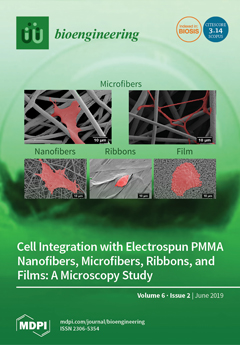To evaluate the possibilities for biofuel and bioenergy production
Acacia Holosericea, which is an invasive plant available in Brunei Darussalam, was investigated. Proximate analysis of
Acacia Holosericea shows that the moisture content, volatile matters, fixed carbon, and ash contents were 9.56%, 65.12%,
[...] Read more.
To evaluate the possibilities for biofuel and bioenergy production
Acacia Holosericea, which is an invasive plant available in Brunei Darussalam, was investigated. Proximate analysis of
Acacia Holosericea shows that the moisture content, volatile matters, fixed carbon, and ash contents were 9.56%, 65.12%, 21.21%, and 3.91%, respectively. Ultimate analysis shows carbon, hydrogen, and nitrogen as 44.03%, 5.67%, and 0.25%, respectively. The thermogravimetric analysis (TGA) results have shown that maximum weight loss occurred for this biomass at 357 °C for pyrolysis and 287 °C for combustion conditions. Low moisture content (<10%), high hydrogen content, and higher heating value (about 18.13 MJ/kg) makes this species a potential biomass. The production of bio-char, bio-oil, and biogas from
Acacia Holosericea was found 34.45%, 32.56%, 33.09% for 500 °C with a heating rate 5 °C/min and 25.81%, 37.61%, 36.58% with a heating rate 10 °C/min, respectively, in this research. From Fourier transform infrared (FTIR) spectroscopy it was shown that a strong C–H, C–O, and C=C bond exists in the bio-char of the sample.
Full article






